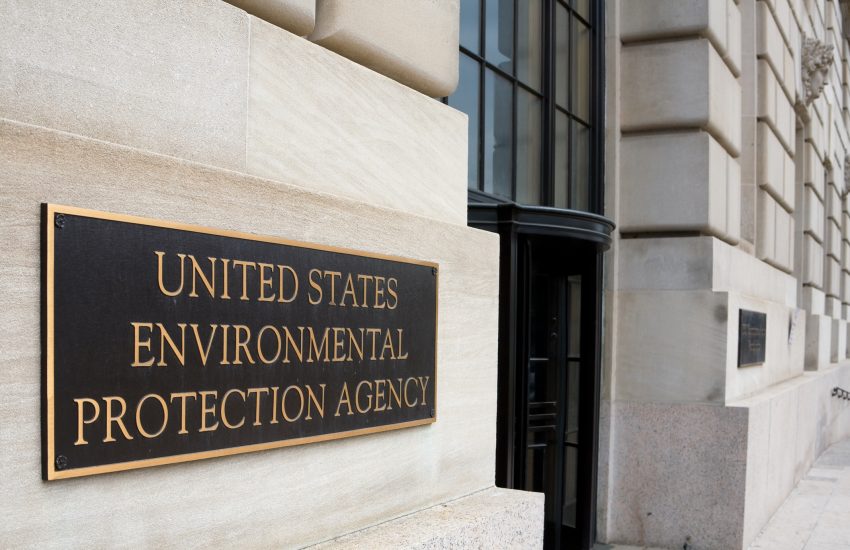The Environmental Protection Agency has announced proposed rules that would strengthen its regulation of lead and copper. These new regulations, if approved, would require water systems across the country to replace lead service lines within the next 10 years. They would also lower the allowable amount of lead in drinking water from 15 parts per billion to 10 parts per billion and require that lead service lines across the country be replaced within 10 years.
Sampling protocols would improve throughout the country, too. The proposal also requires utility companies to communicate more often with consumers about lead service lines and the agencies’ plans to replace them. Consumers in areas with high lead levels would be provided with filters to reduce lead in their homes and businesses.
The EPA also has committed to helping communities locate lead pipes. Water systems now are required to provide an inventory of lead service lines no later than October 16, 2024. Under the new rules all water systems would be required to regularly update their inventories, create a publicly available service line replacement plan, and identify the materials of all service lines of unknown material.
These new rules are brought under the EPA’s authority pursuant to the Safe Drinking Water Act and were initiated to advance the Biden administration’s commitment to remove lead service lines in the United States. The proposal was developed to protect children from the effects of lead poisoning and was in response to the Flint, Mich. water crisis.
The proposal is estimated to impact approximately nine million pipes throughout the country and will cost approximately $30 billion. The nation’s utility companies would be required to absorb these costs, which will likely be passed on to customers. However, the Bipartisan Infrastructure Law has earmarked $50 billion to support upgrades to the nation’s drinking water and wastewater infrastructure. This includes $15 billion dedicated to lead service line replacement and $11.7 billion of additional funds that can also be used for lead service line replacement. According to its website, the EPA has already awarded over $3.5 billion in funding for lead service line replacement across the country. Despite the costs, the EPA estimates that the new plan will actually save communities $9.8 billing to $34.8 billion due to the fact that there will be fewer health effects due to lead.
The EPA has also developed a “Get out the Lead” initiative which partners with underserved communities nationwide to identify lead service lines, develop replacement plans, and provide assistance applying for funding to replace the lines.
Critics of the proposal say that more financial and technical assistance is needed to achieve the goals. Further, many communities do not have complete building records that make it impossible to identify all the lead lines in their area. Labor shortages, and the rising costs of supplies may make replacement of all pipes within the 10-year timeframe more difficult. Others say the proposal does not go far enough. Since it is known that there is no safe level of lead in drinking water, the 10 parts-per-billion standard does not go far enough and should be closer to zero, they say.
Once the new rules are published in the Federal Register, there will be a 60-day comment period prior to the regulations going into effect.

